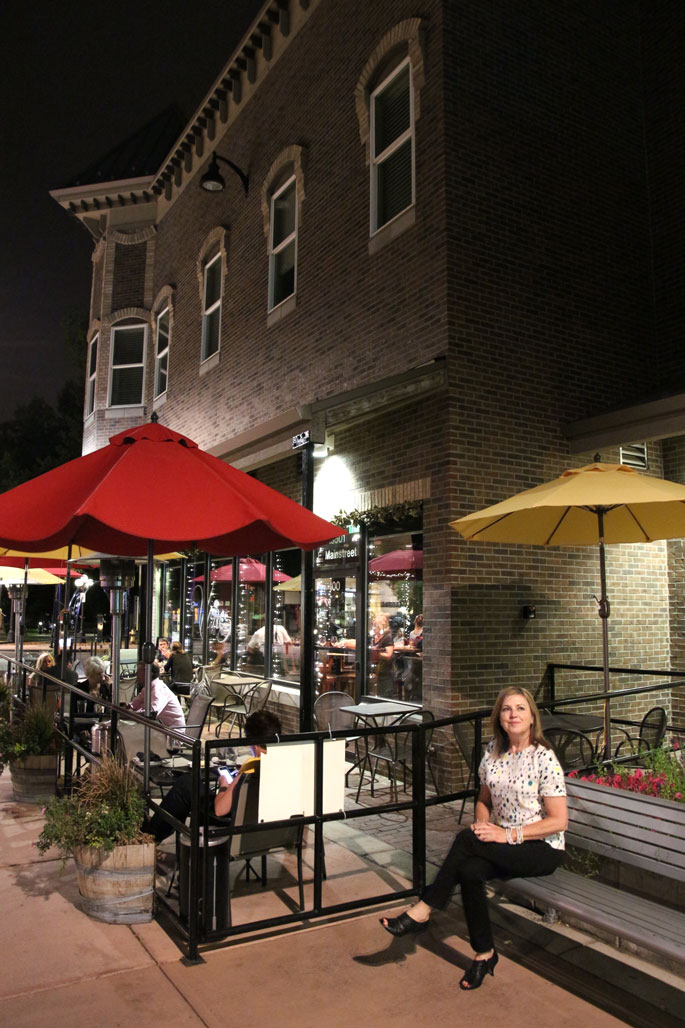Today’s Post by Joe Farace
Harmony and understanding, Sympathy and trust abounding—James Rado and Gerome Ragni
Whether you began your photographic journey by shooting using film or digital capture, I think we can agree that the creative use of light is one of the key elements that separates a good photograph from a snapshot. That’s why, I think, it’s necessary to learn and understand how to make proper exposures.
Even with today’s sophisticated cameras, the ability to control exposure can make or break your image quality and content. That’s why I’m astounded at the number of people who seemingly don’t care about correct exposure, and say “I’ll just fix it in Photoshop.” While there’s certainly some truth in that statement, Photoshop can become a crutch for sloppy camera work but being careful in the arena of proper exposure will always produce better image quality. And that’s because any digital image that’s too far over or underexposed cannot fully be completely saved with image manipulation software. Tip: The key words in the last statement is “too far over or underexposed” and while this is especially true for overexposure, some slightly underexposed images can be rescued and I show you how to do it in this post.

How I made this shot: I shot the ever popular gazebo in Parker Colorado’s O’Brien Park at night to take advantage of the light gathering characteristics of the Olympus 17mm f/1.2 PRO lens. The camera used was the spectacular Olympus E-M1X—I would still like to one one—that was on loan to me. The hand held Manual mode exposure was four seconds at f/8 and ISO 200.
Accurate exposure is all about setting the lens aperture and shutter speed in proper relation to each other. You can set the exposure yourself or let the camera do it for you. With the manual method you can use the exposure meter that’s built into the camera or even a hand-held light meter that I still use from time to time. A hand held meter can be an asset especially when shooting under difficult lighting conditions. My pal Barry Staver was working a shoot recently and told me, “this was the first time in a long time that I’ve had to get out my hand held light meter and it did the job!”
History Lesson
 There was a time, back in the early film days, when SLRs didn’t have built in light meters. My first SLR, a Minolta SR-1, had an separate, optional exposure meter that sat atop the camera and coupled with the shutter seed dial. In those days, photographers either used a separate hand-held exposure meter or guesswork based on the data sheet packaged with each roll of film that provided basic exposure guidelines for making photographs in bright sun, hazy sun, or cloudy days.
There was a time, back in the early film days, when SLRs didn’t have built in light meters. My first SLR, a Minolta SR-1, had an separate, optional exposure meter that sat atop the camera and coupled with the shutter seed dial. In those days, photographers either used a separate hand-held exposure meter or guesswork based on the data sheet packaged with each roll of film that provided basic exposure guidelines for making photographs in bright sun, hazy sun, or cloudy days.
Then there was The Sunny 16 Rule: To take a photograph in bright sunlight, the camera’s aperture was set at f/16 and you used the shutter speed that came closest to the film’s ISO number. For instance, if you were using ISO 125 film, like Kodak’s now discontinued Plus X, the exposure would be 1/125th of a second at f/16.
When in-camera metering was introduced for some cameras, it only worked in Manual mode. At that time, there were no Automatic, Program, Aperture or Shutter preferred choices. Photographers still had to adjust the shutter speed and aperture themselves. All that has changed. Nowadays, for 90% of photographs you’ll make using any of your camera’s automatic metering modes, the systems in contemporary digital cameras do a fantastic job but it’s the last 10% that will kill you.
How I made this shot: I photographed Mary at night in downtown Parker, Colorado using a Canon EOS Rebel T4i with EF-S15-85mm f/3.5-5.6 IS USM lens (at 15mm.) Exposure was 1/10 sec at f/5.6 and ISO 5000.

Along with photographer Barry Staver, Joe is co-author of Better Available Light Digital Photography that’s out-of-print but new copies are available for $21.50 or used copies for giveaway prices starting around five bucks as I write this. For some reason, the Kindle version is expensive.